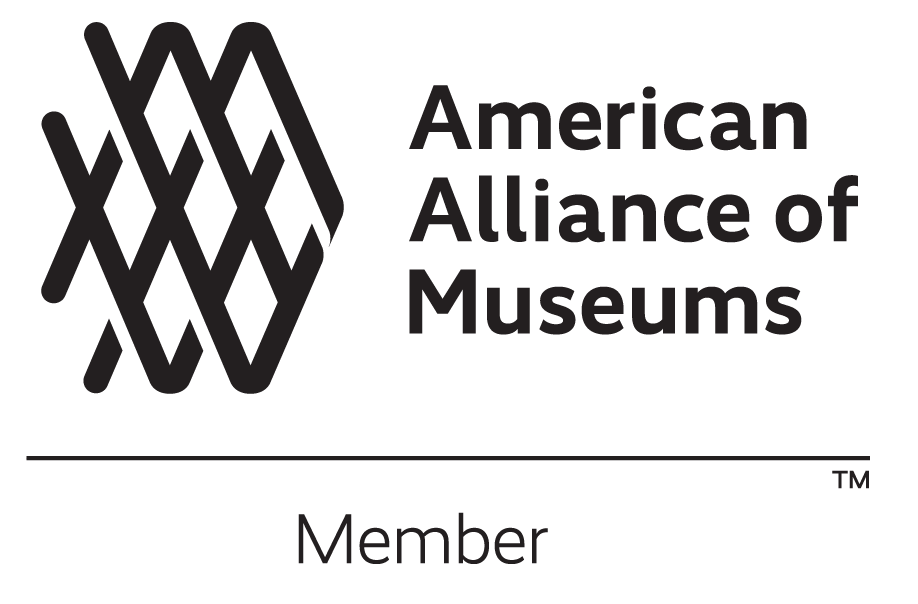Table of Contents
1. Signers of the Constitution
2. Molly Pitcher at the Battle of Monmouth
3. Nathan Hale’s letter to his brother Enoch Hale
4. Benjamin Tallmadge’s Orderly Book
5. Letter from George Washington to Elbridge Thomas Gerry
6. Camp Liquor Chest of Baron von Steuben
Martha Washington’s Slipper
Read about the recent conservation of the slipper thanks to a grant from Americana Corner.
Slipper
Late 18th Century
Silk, Metal, Cotton, Leather
By tradition, this ladies’ slipper belonged to Martha Washington (1731-1802) who gifted it to Lady Mary Watts in 1789.
Mary Watts was the daughter of Major General Alexander, well known as Lord Stirling, who was captured at the Battle of Long Island and a member of George Washington's camp at Valley Forge. He became a trusted part of Washington's military family and developed a close relationship to the Commander-in-Chief.
In 1775, Mary married loyalist Robert Watts and moved to New York City. Due to her husband's political views she was shunned by Patriot Society, even denied the right to attend her sister Kitty's marriage in 1779.
Mary remained in New York City throughout the British occupation (1776-1783). After the War it was documented that Mary, Kitty, and their mother attended George Washington's May 7, 1789 inaugural ball. It may have been after this event that the shoe was given to Mary Watts as a token of apology as Martha Washington was unable to attend.
Collection of Fraunces Tavern Museum
X338
Tour
Martha Dandridge was born in New Kent County, Virginia in 1731. She married her first husband, Daniel Parke Custis in 1750. The couple was only married for 7 years before he died. They had 4 children together, and Martha outlived them all.
Martha married her second husband, George Washington, in 1759. She was known for hosting social events at Washington’s Mount Vernon plantation. During the Revolution, Martha often traveled with her husband. She also raised money to support the war effort and made clothes for soldiers, as well as helping to nurse the sick and wounded. Martha was referred to as “Lady Washington,” as the term ‘first lady’ was not yet coined.
Written on the covering of the shoe support is “Presented to Lady Mary Watts by Lady Washington, 1789.” Mary was from a prominent family in colonial society, the daughter of William Alexander and Sarah Livingston Alexander, Lord and Lady Stirling. Lord Stirling became a Major General in the Patriot army and the Alexanders developed a close relationship with the Washingtons. Although the British House of Lords rejected William Alexander’s claim to the title of Earl of Stirling, which his father had lost after being exiled from Scotland because of his role in the Jacobite rebellion in 1715, the family continued to use the title. Mary, her mother, and her sister Kitty were well-known in society for their wit and elegance.
Mary married Robert Watts, the son of a wealthy Loyalist family. Robert did not openly take a side in the war, but did not leave New York City after the British occupation began; Mary remained in the city as well. Because of her loyalty to her husband, she was isolated from Patriot society, including many of her family members. After the war ended, Mary’s family returned to New York, and she resumed her place in society.
Mary, her sister, and her mother attended the ball thrown after George Washington’s inauguration in New York City. The ball was not held immediately after the inauguration, as Martha Washington had not arrived from Virginia. When it became clear that Martha would not arrive for some time, the ball was held on May 5. Martha did not arrive in New York until May 27. This shoe may have been given to Mary Watts after this event, possibly as a token of apology since Martha was unable to attend the ball.
Looking at these shoes, for what occasion do you think women wore them?
This style of shoe is called a slipper. Slippers are light, slip-on shoes made of silk or thin leather. Slippers were meant to be worn only indoors, at balls or other social events. This slipper is made from silk, with the inside most likely being made of soft leather. The buckle on the slipper is made from metal, decorated with small jewels. The jewels used on shoe buckles are most often paste, rather than natural gems. Even the wealthiest people usually preferred to adorn their buckles with paste jewels, since paste jewels could be more easily cut and shaped. For preservation, the slipper is supported from the inside, to preserve the shape of the shoe; without this support, the slipper would probably have lost its shape over time.
Martha had a substantial shoe collection- like many wealthy ladies at the time, she ordered custom-made shoes from designers in England. Records of her purchases from 1759 to 1773 show that she purchased around 6 pairs of shoes a year. At the time, the average person probably purchased only about 2 pairs per year. During the Revolutionary War, Martha’s shoe purchases from England stopped. After the war ended, she began buying more shoes from American shoemakers.
Martha Washington was central to early American society. She hosted weekly private dinners for government officials, as well as weekly public receptions for both ladies and gentlemen. Martha’s position made her one of America’s first celebrities; the press often reported on her activities, from entertaining to shopping to taking her grandchildren for a walk.




